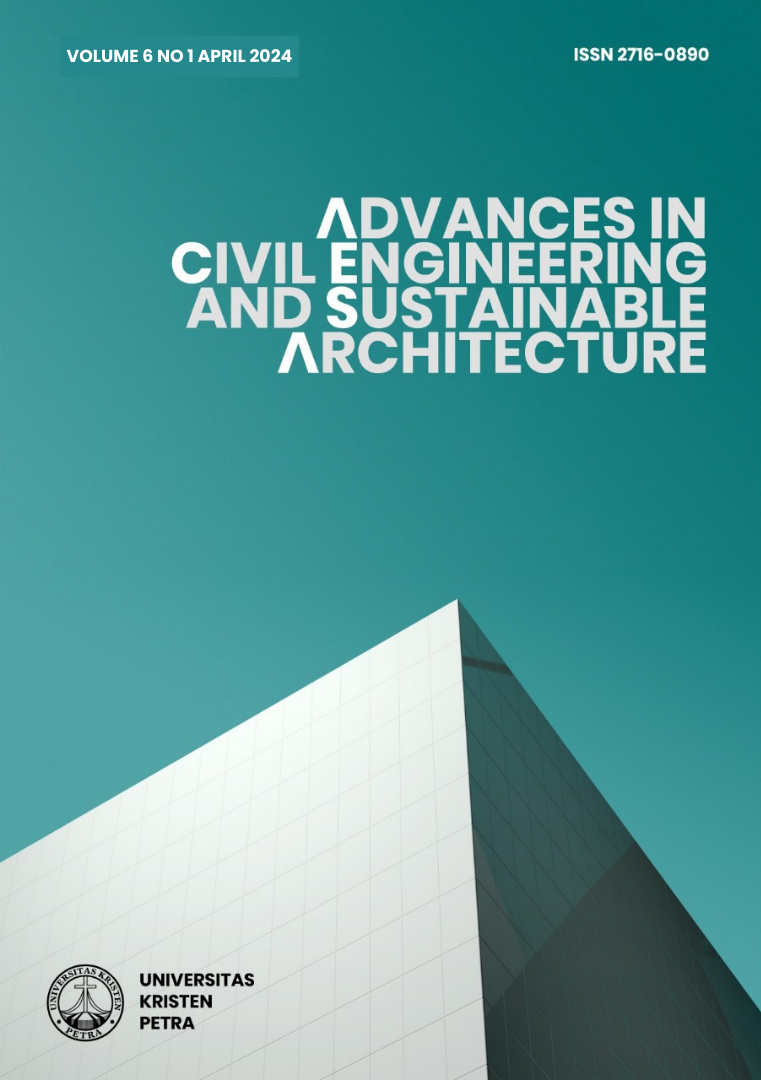Activity-Based Concept Towards Office Building in Jakarta
DOI:
https://doi.org/10.9744/acesa.v6i1.14040Keywords:
Beautifulsoup, Kotlin, Android, Haversine, web scarpingAbstract
Post-COVID-19 pandemic work activities faced a readjustment, but work activities are now more flexible regarding place and time. Therefore, it is necessary to reconsider current work activities, which are now based on the workers’ activities. Office buildings are a main physical factor in comfort and worker productivity. With an activity-based concept based on the worker’s activities, office building configuration is based on the needs of each worker at a time and consists of several types of workspaces. The research uses the multiple case study method to reassess the role of office buildings in current work activities. The design method used is Bernard Tschumi’s programming theory. The activity-based concept is structured based on elements of the physical work environment implemented in several types of work areas according to needs, with the most significant space configuration being the facility area.
References
[1] P. J. Stone and R. Luchetti, "Your Office is Where You Are," Harvard Business Review, vol. 63, no. 2, pp. 102-117, 1985.
[2] G. Barara, "What is Work," in What is Work and its Impact, A. Yermolenko, Ed., Golden Meteorite Press, 2021, p. 59.
[3] Sedarmayanti, Perencanaan dan Pengembangan Sumber Daya Manusia Untuk Meningkatkan Kompetensi Kinerja dan Produktivitas Kerja, Bandung: Refika Aditama, 2017, p. 506.
[4] H. Hertanto and P. B. Santoso, "Analisis Produktivitas kerja Kajian Implikasi Budaya Perusahaan (Kasus PT Bank "X"}," Jurnal Bisnis Strategi, vol. 5, no. 3, pp. 23-37, 2017.
[5] I. Rachmadhani, M. Al Musadieq and G. E. Nurtjahjono, "Pengaruh Lingkungan Kerja Terhadap Kinerja Karyawan (Studi pada Karyawan Perusahaan Daerah Air Minum (PDAM) Kota Malang dalam Upaya Meningkatkan Profesionalisme Sumber Daya Manusia)," Jurnal Administrasi Bisnis, vol. 12, no. 1, pp. 1-10, 2014.
[6] E. Sundstrom and M. G. Sundstrom, Work Places: The Psychology of The Physical Environment in Offices and Factories, Cambridge: Cambridge University Press, 1986.
[7] Sedarmayanti, Manajemen Sumber Daya Manusia, Reformasi Birokrasi dan Manajemen Pegawai Negeri Sipil, Bandung: Refika Aditama, 2016.
[8] F. C. Gomes, Manajemen Sumber Daya Manusia, Yogyakarta: Andi Offset, 1995.
[9] Sedarmayanti, Sumber Daya Manusia dan Produktivitas Kerja, Bandung: CV. Mandar Maju, 2009.
[10] D. Scalco, "How Open Offices Plans Affect Workplace Productivity," 22 02 2017. [Online]. Available: https://www.business.com/articles/dan-scalco-workplace-productivity/. [Accessed 08 11 2023].
[11] J. W. Creswell, Qualitative Inquiry and Research Design: Choosing Among Five Approaches, London: Sage Publications, 2013.
[12] A. Jerobisonif, A. K. A. Manu and D. A. Amabi, "Konsep dan Metode Desain Arsitektur Bernard Tschumi," Jurnal Gewang, vol. 1, no. 1, pp. 20-26, 2019.
Downloads
Published
Issue
Section
License
Authors who publish with this journal agree to the following terms:
Authors retain copyright and full publishing rights without restrictions, with the work simultaneously licensed under the terms and conditions of the Creative Commons Attribution License (CC BY) that allows for unlimited use, distribution, and content reproduction on all media as long as the original author and source are properly acknowledged and cited.













